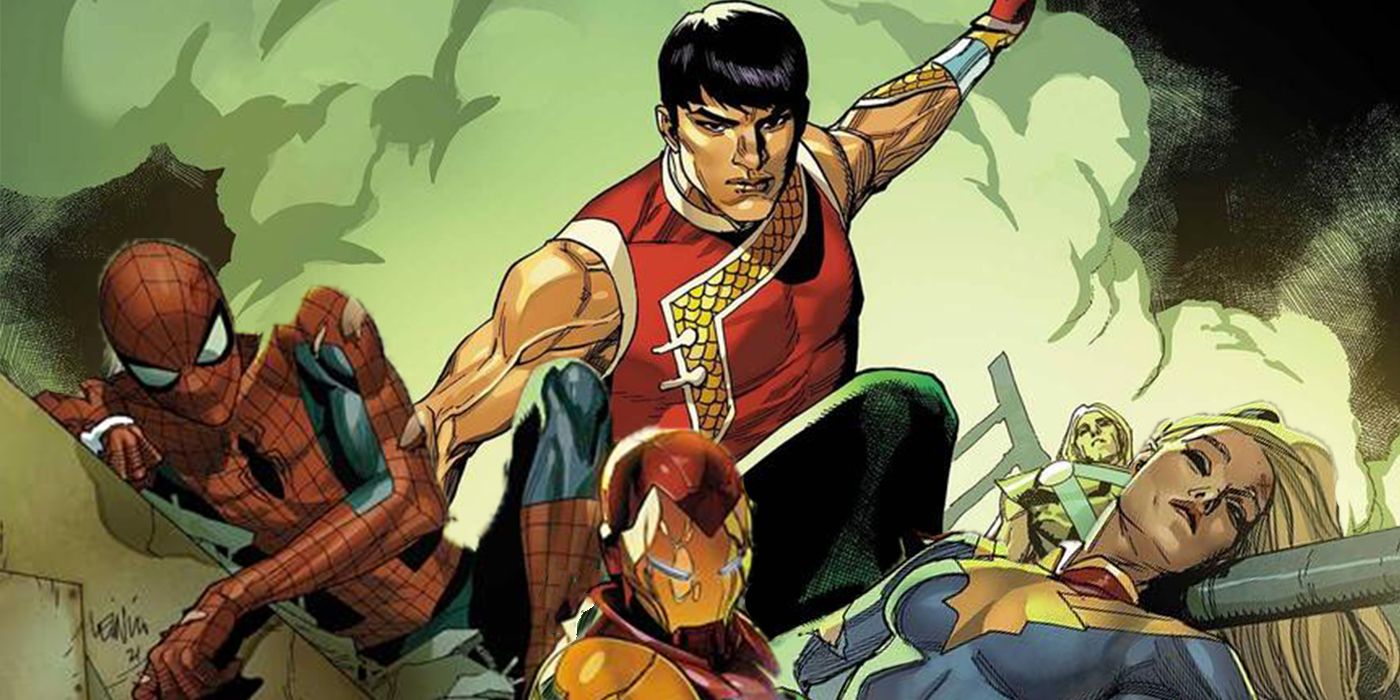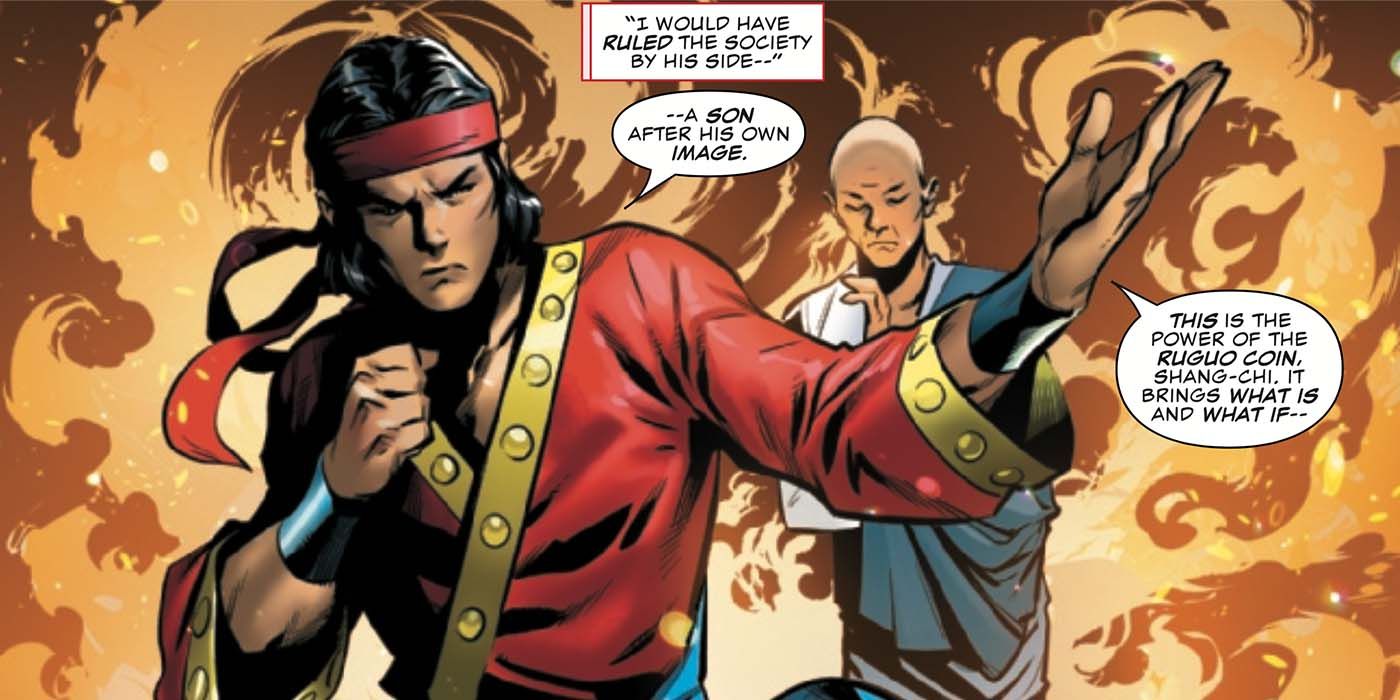
Warning: spoilers for Marvel Voices: Identity #1 are ahead.
For decades, Shang-Chi has been known as one of the greatest martial artists in Marvel Comics. Debuting in 1973 on the pages of Special Marvel Edition #15, Shang-Chi has gone on to team up with the Avengers and the newest iteration of the Agents of Atlas (story and colors by Steve Englehart, pencils by Jim Starlin, inks by Al Milgrom, letters by Tom Orzechowski). Recent stories for Shang-Chi have seen him become the globe-trotting, cool-headed leader of the Five Weapons Society, modeling a type of leadership that makes him poised to spearhead the next generation of Marvel heroes.
The recent developments to Shang-Chi's character have corrected his past problematic depictions, and Marvel Comics has now found a way to integrate the original aspects to the Master of Kung Fu's story with his more authentic and human depiction in comics today. Originally the son of Fu Manchu (later changed to Zheng Zu), Shang-Chi faced a crisis in his very first issue in Special Marvel Edition #15 when he discovered the true extent of his father's work as a criminal. Despite the fact that his father had trained him in combat from the time of his birth, Shang-Chi decided to betray his family in order to fight for good in the world.
While there are some troubling aspects about Shang-Chi's transition from a fierce villain to a good-hearted hero in Special Marvel Edition #15, the issue's premise did lay the foundation for a compelling angle to his character that has finally been explored in "What Is vs. What If" by Gene Luen Yang, Marcus To, Sunny Gho, and VC's Joe Sabino, from Marvel Voices: Identity #1. As part of an anthology bring together creators and characters of Asian and Pacific Islander descent in Marvel Comics, "What Is vs. What If" sees Shang-Chi travel to retrieve a mystical item created by his father, the Ruguo Coin, in order to undo the harm it has unleashed on the world.

While seizing the coin, Shang-Chi reveals that the most definitive moment in his life was when he chose to defy his father and become a force for good in the world, causing the coin to release a "what if?" version of himself that had done the opposite and pledged his loyalty to Zheng Zu. Clad in the original outfit that Shang-Chi wore in Special Marvel Edition #15, the alternate Shang-Chi's appearance alongside his current iteration is striking in how far the character has come from his debut.
The power that "What Is vs. What If" has as a story kicks off as the two versions of Shang-Chi fight, reminding fans of the character's original struggle between his loyalty to his family and his desire to do what is right. While Shang-Chi's turn as a mentor figure to many of Marvel's newer Asian heroes is a welcome role for the character, delving into the character's conflicted history takes him beyond a perfect picture of discipline and martial arts expertise. There is great emotional drama that undergirds Shang-Chi's character and his decision to turn his back on everything he knew, and having his current version face his past in this way is satisfying in its acknowledgement of the character's roots.
Every hero in Marvel Comics has a dark side, and this confrontation between Shang-Chi and an alternate version of himself provides fans with an opportunity to appreciate how the Master of Kung Fu has grown from a racial stereotype to a dynamic force within the Marvel Universe. Shang-Chi is admirable in his ability to maintain control over himself, no matter how strenuous circumstances get, and his brush with an evil double of himself confirms why he is one of Marvel's most reliable heroes. By staying in touch with who he could have become, Shang-Chi knows exactly the type of hero he needs to be in the present.
from ScreenRant - Feed https://ift.tt/3mDsO3v

No comments:
Post a Comment